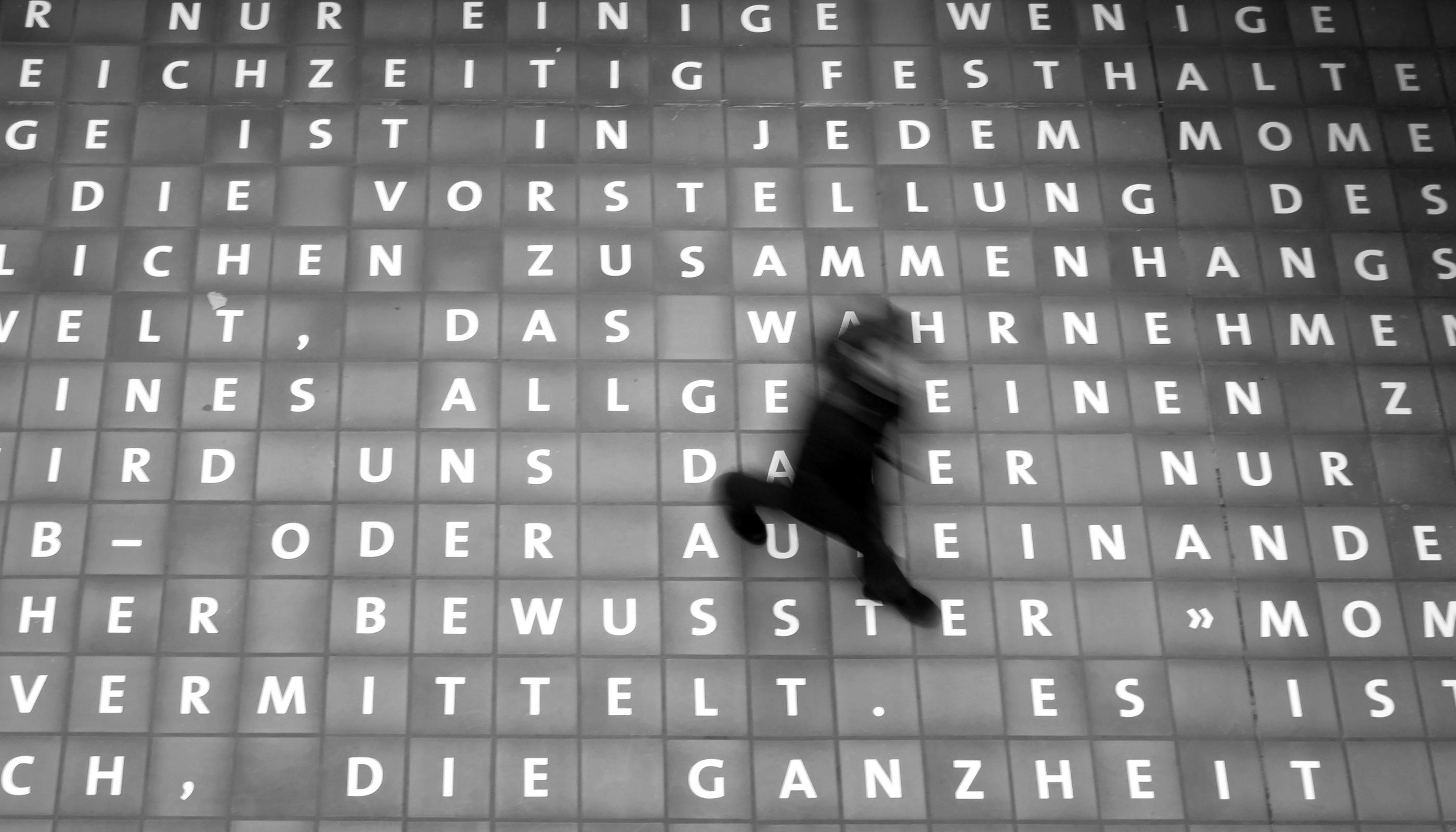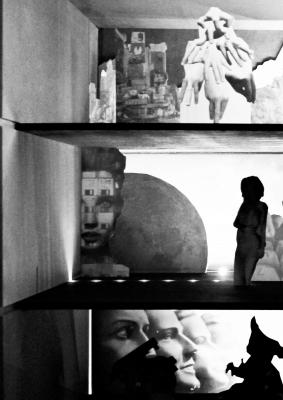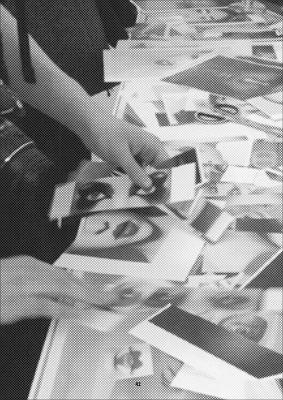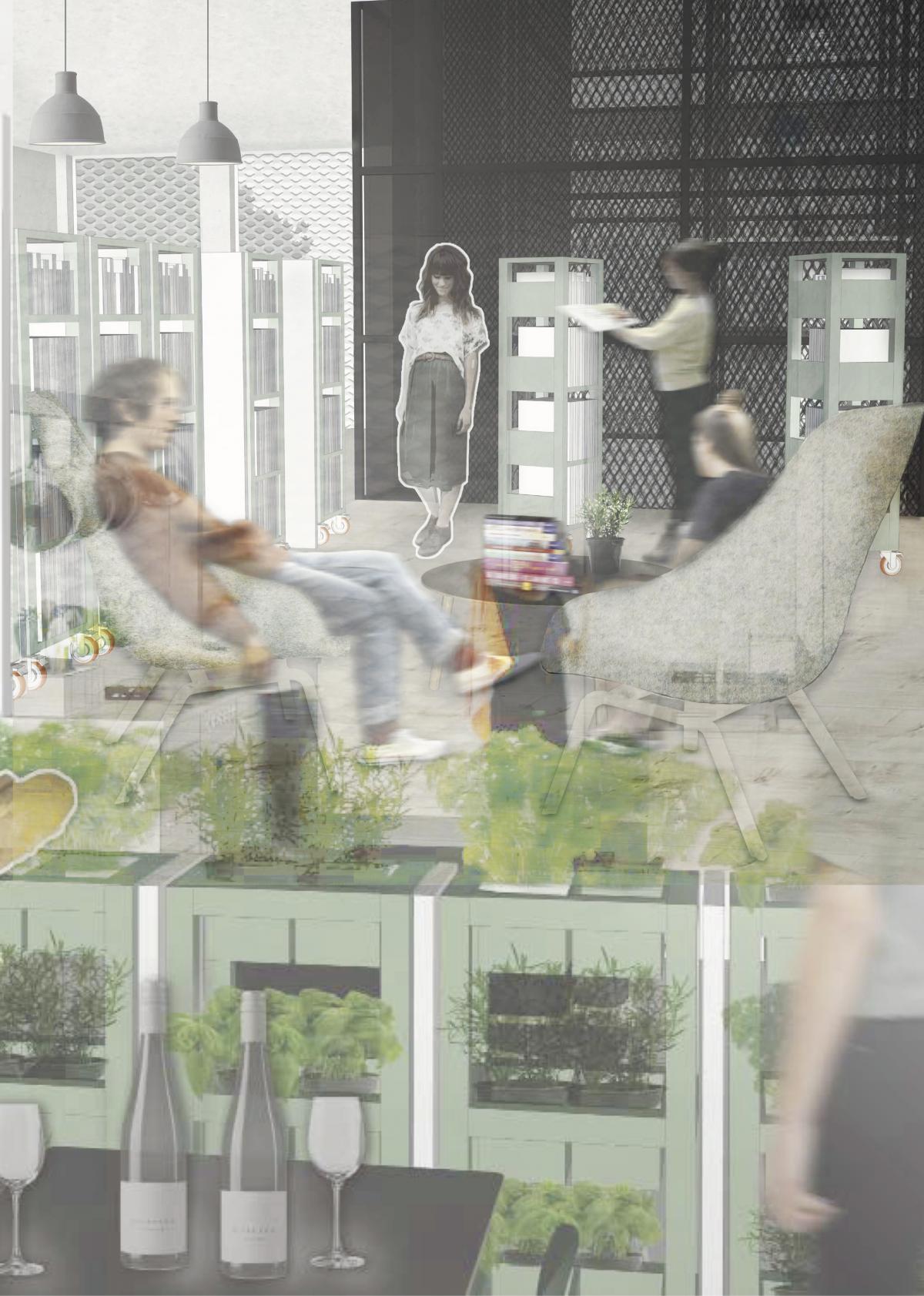You are here
Talking Spaces
Documentation of Seminars and Design Workshops
2009 to today (individual booklets)
Peter Behrens School of Arts (PBSA)
Department of Architecture and Design
Designing and drafting are creative, dynamic and open-ended processes. They often generate new perspectives and unexpected connections that can lead to innovation. The new is born out of the conflicting forces of the familiar, and cross-divisional and transdisciplinary thinking as well as a welcoming attitude towards the unknown, are crucial in order for creativity to produce tangible, innovative results. Architects bear great responsibility in the shaping of man-made environments. It is their duty to create spaces that cater to a huge diversity of needs and ultimately form the stage on which human lives take place. Architects are tasked to hear, see and recognise societal processes in tandem with individual requirements and perceptions and to translate these into spatial structures, atmospheres and functions – all the while maintaining due respect and appreciation for the diversity of human existence.
The role of teaching in architecture is to support and guide the students, to coach them and set guidelines, which in a process of open-ended dialogue, can lead to the identification and development of relevant, high-quality and contemporary architectural solutions. Teachers convey knowledge both with in their discipline and beyond; they can open up perspectives and hone them, and provide the necessary stimulus for students to gain new insights on their own. As a profession, architecture is increasingly defined by highly complex, interdisciplinary planning and production processes that can no longer be adequately addressed on an individual basis. In response, new approaches are required both in the working environment and in academia. More than ever before, architecture is a matter of teamwork, also when it comes to teaching. Architectural planning is a discursive group process that must accommodate all the conditions, requirements and challenges inherent to the project at hand. Teams must be found and defined, they must collectively develop and pursue their goals, take stances and communicate these, produce and evaluate results, and remain flexible and open throughout. This requires unwavering commitment from students and teachers alike, and a willingness on all sides to engage with questions of context, content and form – and with each other. Innovative didactic methods that accommodate student input on learning contents and structures lead to a flattening of hierarchies and a dissolution of the traditional ‘master – pupil’ model. This kind of approach facilitates team-based solutions that are the product of jointly-defined targets and incorporate expertise from a very wide range of fields.* Drafts and designs that are based on such a broad and deep foundation can make a highly relevant contribution to the architectural discourse. This is the central aim of our teaching, which, of course, also requires us to lead by example.






